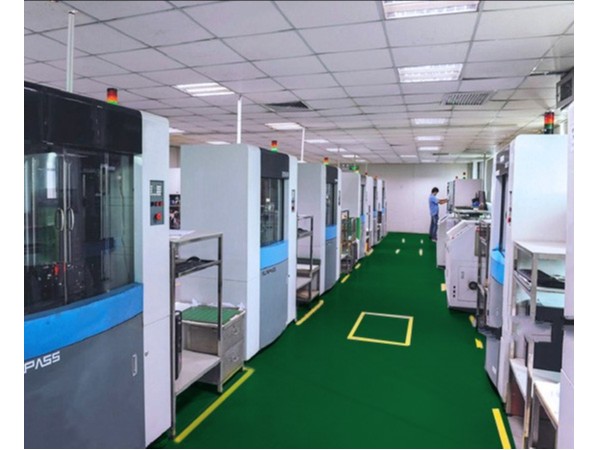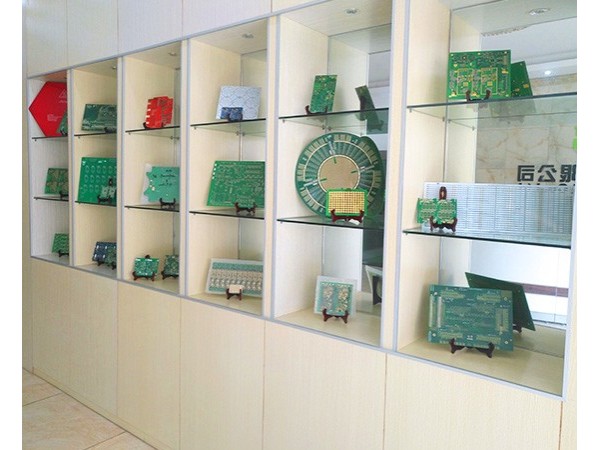
The main difficulties of multi-layer PCB production
Time:2021-01-15Views:10 Compared with the characteristics of conventional circuit boards, multi-layer circuit boards have the characteristics of thicker boards, more layers, denser lines and vias, larger unit sizes, and thinner dielectric layers. And it will be more stringent for innerlayer space, innerlayer alignment, impedance control, and reliability requirements.

1. Difficulties in inter-layer alignment
Due to the large number of layers in multilayer circuit boards, the customer design side has more and more stringent requirements on the alignment of each layer of the PCB. Usually, the alignment tolerance between layers is controlled to ±75μm. Considering the large unit size design, the ambient temperature and humidity of the graphics transfer workshop, as well as the dislocation superposition and the interlayer positioning method caused by the inconsistency of the expansion and contraction of different core layers, it is more difficult to control the interlayer alignment of the multilayer pcb.
2. Difficulties in making inner layer circuits
The high-level board adopts special materials such as high TG, high speed, high frequency, heavy copper, and thin dielectric layer, which puts forward high requirements for the production of inner layer circuits and graphic size control, such as the integrity of impedance signal transmission, which increases the difficulty of inner layer circuits production. The line width and line spacing are small, the open and short circuits increase, the micro-shorts increase, and the pass rate is low; there are many signal layers of fine lines, and the probability of missed inspection of the inner layer AOI increases; the thickness of the inner core board is thin, and it is easy to wrinkle and cause poor exposure; It is easy to roll the board when it is etched through the machine; most of the high-level boards are system boards, the unit size is large, and the cost of scrapping the finished product is relatively high.

3. Difficulties in pressing production
Multiple inner core boards and prepregs are superimposed, and defects such as sliding plates, delamination, resin voids and bubble residues are prone to occur during lamination production. When designing the laminated structure, it is necessary to fully consider the heat resistance, withstand voltage, amount of glue filling and dielectric thickness of the material, and set a reasonable mulgi-layer board pressing program. The number of layers is large, and the expansion and contraction control and size coefficient compensation cannot be consistent; the interlayer insulating layer is thin, which easily leads to the failure of the interlayer reliability test.
4. Difficulties in Drilling
Using high-TG, high-speed, high-frequency, and thick copper special materials increased the difficulty of drilling roughness, drilling burrs and decontamination. The number of layers is large, the total copper thickness and plate thickness are accumulated, and the drilling tool is easy to break; there are many dense BGAs, and the CAF failure problem caused by the narrow hole wall spacing; the inclined drilling problem is easily caused by the plate thickness.